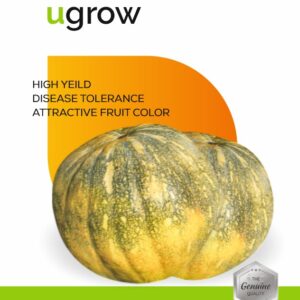Growing latu bottle gourd is similar to growing other varieties of bottle gourd. Here’s a guide on how to grow latu bottle gourd:
Growing Conditions:
- Sunlight:
- Latu bottle gourd plants thrive in full sunlight. Plant them in an area that receives at least 6 to 8 hours of direct sunlight daily.
- Soil:
- Well-draining, fertile soil is ideal. Latu bottle gourds prefer slightly acidic to neutral soil. Incorporate organic matter, such as compost, to improve soil fertility.
- Temperature:
- Bottle gourds are warm-season crops. Plant seeds or seedlings after the last expected frost date in your region. They prefer temperatures between 70°F and 95°F (21°C to 35°C).
Planting:
- Seeds:
- Directly sow latu bottle gourd seeds in the garden. Plant seeds about 1 inch deep and space them according to the specific variety (check the seed packet).
- Spacing:
- Allow sufficient space between plants. Depending on the variety, this may range from 4 to 6 feet apart.
Care Tips:
- Watering:
- Keep the soil consistently moist, especially during flowering and fruit development. Water at the base of the plants to avoid wetting the foliage.
- Fertilizing:
- Use a balanced, all-purpose fertilizer at the time of planting. Side-dress with fertilizer when the vines start to spread.
- Mulching:
- Apply a layer of organic mulch around the base of the plants to conserve soil moisture, suppress weeds, and maintain an even soil temperature.
Support:
- Latu bottle gourd vines can be sprawling, so providing support, such as a trellis or cage, can help keep the fruit off the ground and improve air circulation.
Pruning:
- While not necessary, you can prune excessive lateral vines to manage growth and improve airflow.
Harvesting:
- Timing:
- Harvest latu bottle gourds when they are young and tender. The skin should still be easily punctured with your fingernail.
- Technique:
- Use pruning shears or a sharp knife to cut the bottle gourd from the vine, leaving a few inches of stem attached.
Growing latu bottle gourd can be a rewarding experience, and it’s a versatile vegetable used in various culinary dishes. Adjust the guidelines based on your local climate and conditions for the best results.















Reviews
There are no reviews yet.